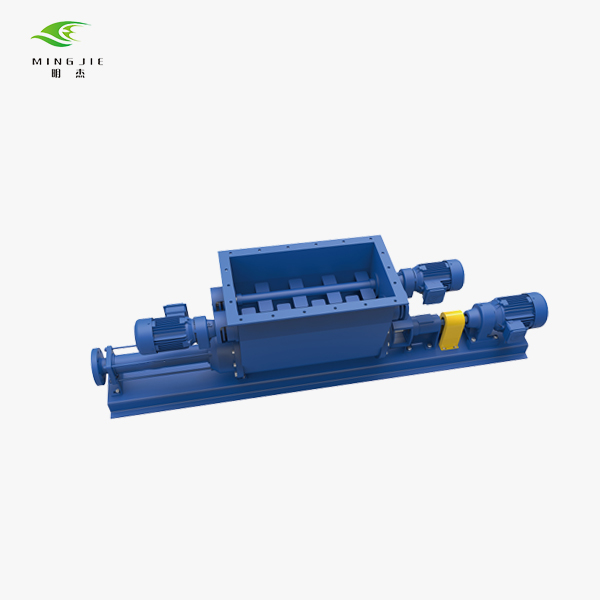Factors to Consider When Choosing and Installing a Dosing Pump
Dosing pumps provide precise flow control for accurate addition of liquids, but selecting the right model involves evaluating your specific application needs. This guide outlines key factors to ensure proper pump sizing, placement, and integration into fluid handling systems.

Flow Rate and Dose Size Requirements
The first step is determining your target flow rate in liters/hour or gallons/minute along with the minimum dose volume needed per cycle. Liquid properties like viscosity also affect flow achievable. Dosing diaphragm and peristaltic pumps typically handle rates from 0.1-100 mL/min while large piston pumps can deliver over 1000 L/min.
Environmental Conditions
Consider temperature, pressure, cleaning chemicals and ambient space. Food/beverage processes require sanitary pumps rated for CIP duty at higher temperatures. Hazardous or volatile fluids may necessitate explosion-proof motors. Ensure pumps will physically fit process piping configuration and tank locations.
Fluid Compatibility
Check small food grade pump component materials match your fluid's pH, solids content and abrasiveness to avoid chemical breakdown or product contamination. Common choices are PP, PVDF, stainless steel or Hastelloy. Seals made from EPDM, FKM, FEP or PTFE resist corrosion from acids, bases or solvents.
Control Requirements
Some factors include need for remote operation, dose rate adjustment, minimum/maximum flow limits, pulse dosing logic or integration with PLC/SCADA systems. Electronic peristaltic and diaphragm pumps offer robust digital controls in compact footprints ideal for panel mounting.
Now that the criteria is clear, benchmark suitable pump models. Compare specifications from top brands to select one meeting all application parameters within your budget constraints. Reliable distributors can assist with custom configuration as needed.
Installation Considerations
Mount dosing pumps near the point of chemical injection if possible for short suction lines. Install vertical or horizontal based on inlet/outlet port configurations. Elevating pumps above fluid level aids priming. Incorporate suction line valves, Y-strainers and pulsation dampeners as applicable.
Finally, test and calibrate the installed system. Proper integration of a dosing pump ensures your mixing, washing or water treatment process functions with the precise liquid control needed for quality output.
- Questions and Answers
- Opinion
- Motivational and Inspiring Story
- Technology
- Live and Let live
- Focus
- Geopolitics
- Military-Arms/Equipment
- Безопасность
- Economy
- Beasts of Nations
- Machine Tools-The “Mother Industry”
- Art
- Causes
- Crafts
- Dance
- Drinks
- Film/Movie
- Fitness
- Food
- Игры
- Gardening
- Health
- Главная
- Literature
- Music
- Networking
- Другое
- Party
- Religion
- Shopping
- Sports
- Theater
- Health and Wellness
- News
- Culture

